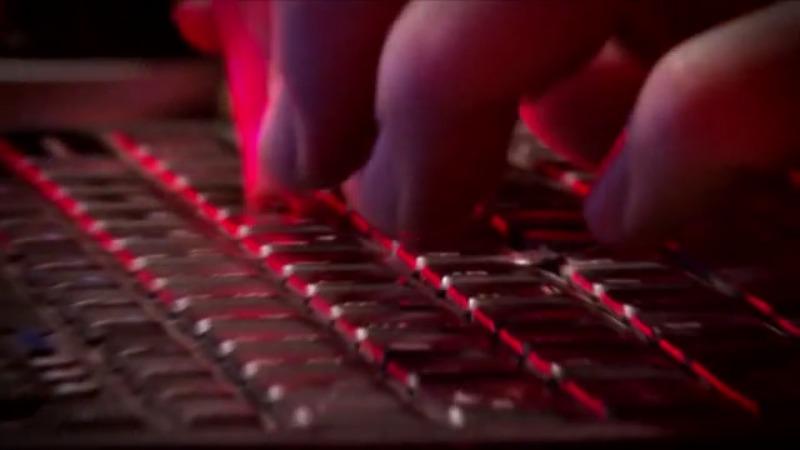News10NBC Investigates: How scammers are using imposter fraud to rip off NYS DOL’s unemployment system
[anvplayer video=”5040849″ station=”998131″]
ROCHESTER, N.Y. (WHEC) — $15 and 15 minutes, that’s what it takes to learn how to rip off New York State’s unemployment system.
News10NBC Investigative Reporter Jennifer Lewke has been investigating the state’s antiquated system for more than a year and she’s now discovered that it’s still pretty easy, if you know where to look, to learn how to exploit it.
Over the past several months, thousands of you have discovered your personal information has been used to file for unemployment benefits.
“My name, my Social Security number, all of my information was used,” said Patty Carr, a local HR manager at a small manufacturing company.
It’s called imposter fraud and it’s costing taxpayers and businesses billions.

[News10NBC]
“By the time the person whose identity they’ve stolen tries to get on the website, it’s locked because it’s not their email address and the Department of Labor won’t even tell you what the email addresses is, they won’t even tell you what the bank account information is where the money is going to,” Carr said, frustrated.
She’s just one of so many trying to clear her name.
“A place like New York, which I would define as the center of the finance universe, of the world should have known better than to leave themselves exposed to imposter fraud,” said Haywood Talcove, the CEO of LexisNexis Risk Solutions.
LexisNexis Risk Solutions helps banks and governments protect themselves from imposter fraud.
“It has been the fastest-growing fraud in the private sector for the last five years,” Talcove told News10NBC.
First, he says, you should know that most of the people using our personal information to rip off the unemployment system aren’t stateside.
“The Russians, the Chinese, Nigerians and now the Romanians have joined the party,” Talcove said.
The scammers likely bought your hacked or breached personal information years ago.
Jennifer Lewke (News10NBC) – Basically, all this information was out there and the scammers were just waiting for the right time to pounce and when everybody crushed the system (at the height of COVID-19) they figured they could get a little bit lost in the crowd?
Woody Talcove – Yea, when you say crushed, I mean they came in at scale. I was following the dark web when this started and you could see this thing go viral in a week and a half as they figured out that this was the best place to invest their time and resources because the state governments across the country had failed to put these processes in place.
Jennifer Lewke – Even now, 16 months later—on the dark web, you can find out how to scam New York’s unemployment system by watching a 15-minute video?
Woody Talcove – Yea, you got to pay $15 for it but at last check, more than 7,000 people had viewed it.
So, what is the State of New York doing about it? News10NBC sent a list of questions about if and how the Department of Labor has been shoring up its system.
A spokeswoman responded saying, “We have told you previously, that we aren’t able to talk about the specifics of the investigations process or give details about cases, as it may provide a roadmap to fraudsters.”
But clearly, the roadmap is already out there on the dark web—which is a collective of internet sites accessible by untraceable web-browsers, basically, a marketplace to buy and sell illegal stuff.
While the Department of Labor won’t say specifically what steps it’s taking to monitor the dark web and change its system to close the loopholes being used to exploit it, we do know it’s made some upgrades and patched some security flaws.
As an average person, there’s not too much that you can do to protect yourself. We trust the companies that have our personal information to protect it, but so often we see many of them hacked or breached and then the information put up for sale for pennies on the dollar on the dark web.
The best thing to do is keep a very close eye on your mail, on your credit and debit accounts and your credit history to look for anything suspicious.